Getting ready to go back to school? Discover fun and educational back-to-school games for preschool and kindergarten children.
Are the holidays finally over? Getting ready to go back to school? For kids who are getting prepared to return to school, back-to-school games are the best to get them back on the track of learning and let them adapt to the school environment.
Especially for young children, stepping into a classroom for the first time can be a scary experience. Yet, preschool and kindergarten are not something they can avoid as they set an initial stage in their education. Creating a fun and engaging school environment can be helpful in getting children used to a new environment and get them to love learning for years to come.
This article explores back-to-school games for kids who are attending preschool and kindergarten that will help create a positive learning environment, establish essential routines, and ultimately set our younger learners on a path to success.
Importance of Fun and Engaging Back-to-School Games
Having fun and engaging back-to-school games for preschoolers and kindergartners can have a lot of benefits. While it makes it easier and more comfortable for the kids to adapt to the school environment, games can also be building blocks for a strong academic foundation. They can be fun and engaging while building up essential skills. Back-to-school games that include things like counting and numbers can help them pick up numbers and mathematics skills faster, and games that are about acting out motions can help them learn about communication skills and dealing with other people.
An important thing to keep in mind is that when arranging these kinds of preschool back-to-school games and back-to-school kindergarten games, it is necessary to keep the games age-appropriate, short, and engaging. Most of all, make sure that everyone is having fun. By incorporating these playful activities, you will create a positive learning environment where the young kids will thrive.
The Power of Play-Based Learning
Playtime is not just for fun and games for young children. It is actually a crucial part of their development. Play-based learning is an education approach that centers around active, child-directed play. Following are some skills kids can develop through power play-based learning.
- Develop Social Skills: They learn how to cooperate, share, wait for their turn, and solve disagreements through interaction with friends.
- Boost Cognitive Development: Play stimulates critical thinking, problem-solving, and creativity as children experiment, explore, and figure things out.
- Refine Motor Skills: From building with blocks to playing catch, play helps children develop both fine and gross motor skills.
- Enhance Emotional Well-Being: Play allows children to express themselves, manage emotions, and build confidence.
The possibilities and benefits of play-based learning are endless. By providing a safe space for imaginative exploration, you can turn any back-to-school game into a valuable learning experience for young children.
Back to School Games for Preschool and Kindergarten Kids
Icebreakers & Get-to-Know-You Games
The first day of school can be a whirlwind of new faces and unfamiliar surroundings. Icebreakers and get-to-know-you games can ease those jitters, create a sense of community, and help children feel comfortable interacting with their classmates. Here are two engaging options to get the fun started.
Find Someone Who…Bingo
This is a classic back-to-school game with a school-themed twist.
- Materials: Bingo cards with squares containing pictures or simple descriptions related to school experiences or interests (e.g., picture of a crayon, “Has a pet dog,” “Loves to read”).
- How to Play:
- Distribute Bingo cards to each child.
- Instruct children to mingle and ask their classmates if they match the descriptions on the card. If they find someone who does, they can have that person initial the corresponding square.
- The first child to complete a row or the entire card wins!
The beauty of this game lies in its flexibility. Here’s how you can customize your back-to-school game to fit your classroom. Pictures can represent anything school-related that resonates with different cultures in your class (e.g., a picture of a lunchbox for a child who brings lunch, a picture of a globe for a child who enjoys learning about different countries). Descriptions can be translated into different languages spoken by your students. This encourages children to interact with classmates who may speak a different first language.
Two Truths and a Lie
This game encourages communication and reveals interesting facts about each other.
- How to Play:
- Have each child prepare three statements about themselves – two truths and one lie related to school experiences or interests (e.g., “I can speak three languages,” “I’ve been to the beach this summer,” “I’m afraid of heights”).
- Each child shares their three statements with the class.
- The other classmates then guess which statement they believe is the lie.
- After the guesses are made, the child reveals the truth, sparking discussions and fostering connections based on shared interests.
Math & Counting Games
Learning math concepts doesn’t require fancy materials or a specific location. Here are three creative back-to-school games that can be played anywhere in the world, fostering a love for numbers in young learners.
Counting Clouds
- Materials: None needed! Just a clear sky.
- How to Play:
- Head outdoors and find a patch of fluffy clouds.
- Instruct children to count the clouds they see drifting by.
- You can extend the activity by asking them to estimate how many clouds would fill the sky or compare the sizes and shapes of the clouds.
- This simple game promotes number recognition and introduces basic addition concepts like estimating a group of objects.
Global Scavenger Hunt
- Materials: None needed! Just your surroundings.
- How to Play:
- Take a walk around your neighborhood, park, or even your classroom.
- Call out specific numbers and have children search for that many objects in the environment.
- For example, you could ask them to find “3 red cars” or “5 blades of grass.”
- This adaptable game encourages counting practice and observation skills while exploring the world around them.
Shape Up!
- Materials: None needed! Just your body.
- How to Play:
- Get active and turn your bodies into different shapes!
- Call out shapes like circles, squares, and triangles.
- Children can jump, and form circles with their arms outstretched, stand with their legs apart to create squares, or make triangles by touching their hands together overhead and pointing their toes outwards.
- This energetic game reinforces shape recognition while incorporating fun physical activity.
Literacy & Alphabet Games
Learning to read and write is a foundational skill for young children. Here are two engaging back-to-school games that promote literacy and alphabet recognition in a fun and interactive way, regardless of the language spoken in your classroom.
Alphabet Adventure
This game transforms your classroom into a literacy wonderland.
- Materials:
- Construction paper or cardstock cut into various shapes (circles, squares, triangles)
- Markers, crayons, or colored pencils
- Letter stickers or stencils (optional)
- How to Play:
- Decorate the construction paper shapes with pictures or drawings related to different letters of the alphabet (e.g., an apple for “A,” a bear for “B”). You can use letter stickers or stencils to create the letters on the shapes.
- Hide the decorated shapes around the classroom.
- Children embark on an alphabet adventure, searching for the hidden shapes.
- Once they find a shape, they can identify the letter and the picture or drawing on it, making connections between letters and sounds.
Storytelling Charades
This classic game gets a literacy twist, encouraging teamwork and vocabulary building.
- Materials: None needed!
- How to Play:
- Divide the class into small groups.
- Each group chooses a common children’s story (or the teacher can assign a story).
- One child from each group acts out the story for their classmates to guess without speaking.
- The other groups can take turns guessing the title of the story based on the charade’s performance.
- This game promotes critical thinking skills and collaboration and reinforces vocabulary associated with familiar stories.
Following Directions & Classroom Routines
Establishing clear classroom routines is essential for a smooth and productive learning environment. But how do you make practicing routines fun and engaging for young learners? Here are two creative back-to-school games that can help children develop strong listening skills and build confidence in following directions.
Simon Says School Edition
This twist on the classic game injects a dose of school fun.
- Materials: None needed! Just your enthusiastic voice.
- How to Play:
- Explain to the children that you’ll be playing “Simon Says School Edition,” where they must only follow instructions that begin with “Simon Says.”
- Call out a variety of school-related actions, some following the “Simon Says” format and some not.
- Examples: “Simon Says clap your hands like happy students,” “Stand up like you’re waiting in line for lunch,” “Simon Says touch your toes,” and “Skip to the door.”
- Children must only perform the actions that begin with “Simon Says.” This keeps them engaged and reinforces active listening skills.
- You can add an element of challenge by increasing the speed of your instructions or incorporating more complex actions related to classroom routines (e.g., “Simon Says sharpen your pencil quietly”).
Classroom Confidence Course
Transform your classroom into a training ground for following directions.
- Materials: Classroom furniture (chairs, tables), pillows, blankets (optional)
- How to Play:
- Set up a simple obstacle course using classroom furniture and materials.
- Explain the course to the children, emphasizing clear and concise instructions (e.g., “Crawl under the table,” “Hop over the blocks,” “Walk quietly on the balance beam made of pillows”).
- Have children take turns navigating the course, following your directions precisely.
- As they gain confidence, you can gradually increase the complexity of the course or the instructions (e.g., adding multiple steps in a sequence or incorporating specific classroom routines like how to collect materials or put things away).
Incorporating these playful activities back to school games for kindergarten and preschool kids helps young learners develop essential listening skills, build confidence in following directions, and establish a strong foundation for success in the classroom and beyond.
Making it Fun & Inclusive
While we’ve explored a variety of back-to-school games, remember that the key to successful implementation is inclusivity. Here’s why adapting games is important.
- Cultural Sensitivity: Back-to-school games should reflect the diverse backgrounds of your students. Consider using pictures or symbols that resonate with different cultures in “Find Someone Who…” Bingo. Look for traditional games from various cultures that can be integrated into the classroom.
- Accessibility for All: Not all children have the same abilities. For “Classroom Obstacle Course,” offers alternative movements for children with physical limitations. Provide visual aids or picture cards alongside spoken instructions.
- Multilingual Elements: Encourage participation from multilingual learners by translating descriptions in “Find Someone Who…” Bingo cards or allowing children to share their “Two Truths and a Lie” statements in their home language.
- Modifications for Abilities: Incorporate choices and variations in games. For “Shape Up!”, allow children to use objects or furniture to create shapes if they can’t physically form them with their bodies.
By embracing these practices, you can ensure that playtime is a fun and enriching experience for every child in your classroom.
Conclusion
Creating a fun and engaging learning environment through back-to-school games is more than just about keeping young children entertained. It is about inculcating a love of learning that will set them on the path to success. By incorporating play-based activities that are adaptable, inclusive, and cater to a variety of needs, we can transform classrooms into spaces where every child feels comfortable, confident, and eager to explore the world of knowledge. With a little creativity and a playful spirit mixed in with these back-to-school games, learning can be an exciting adventure for young minds!




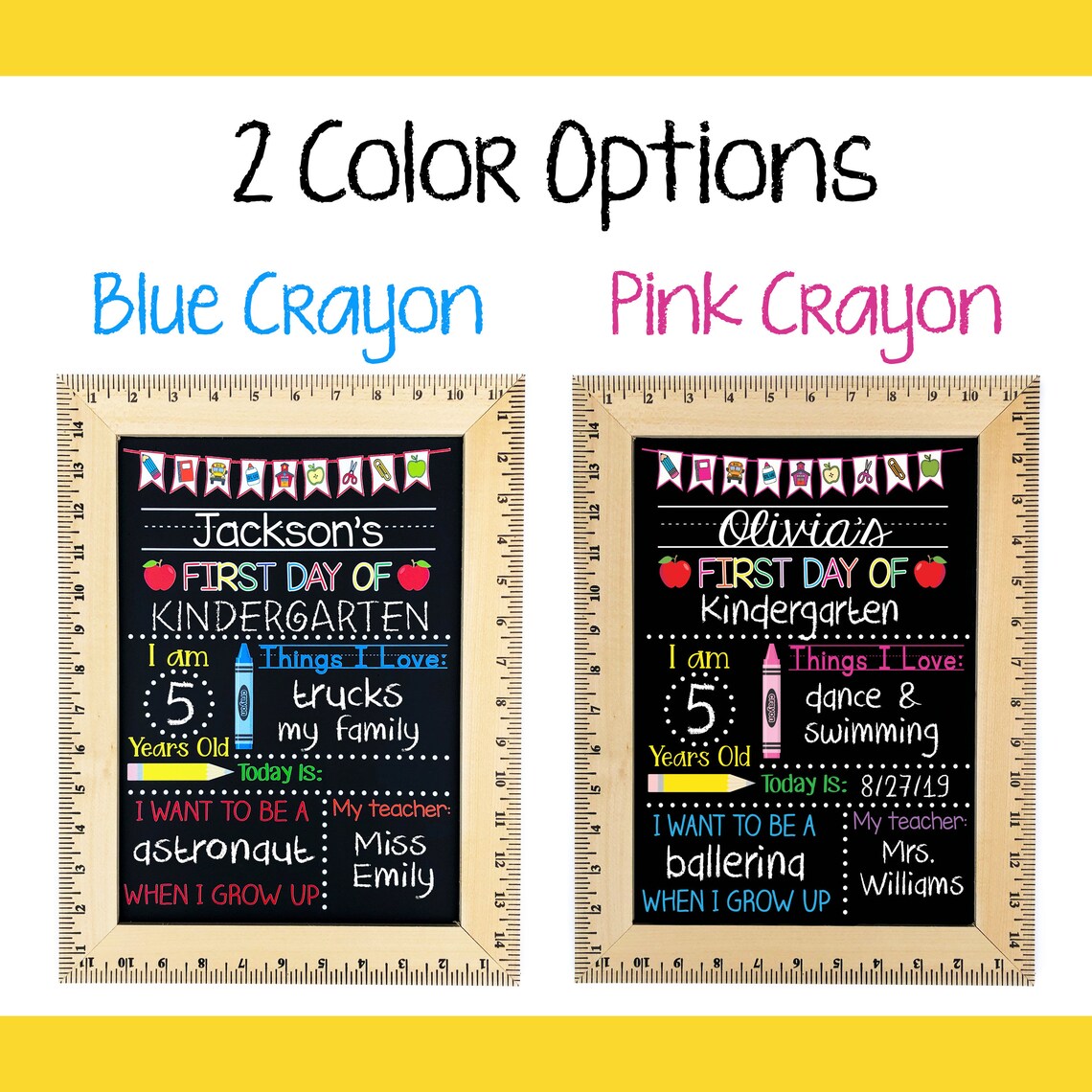
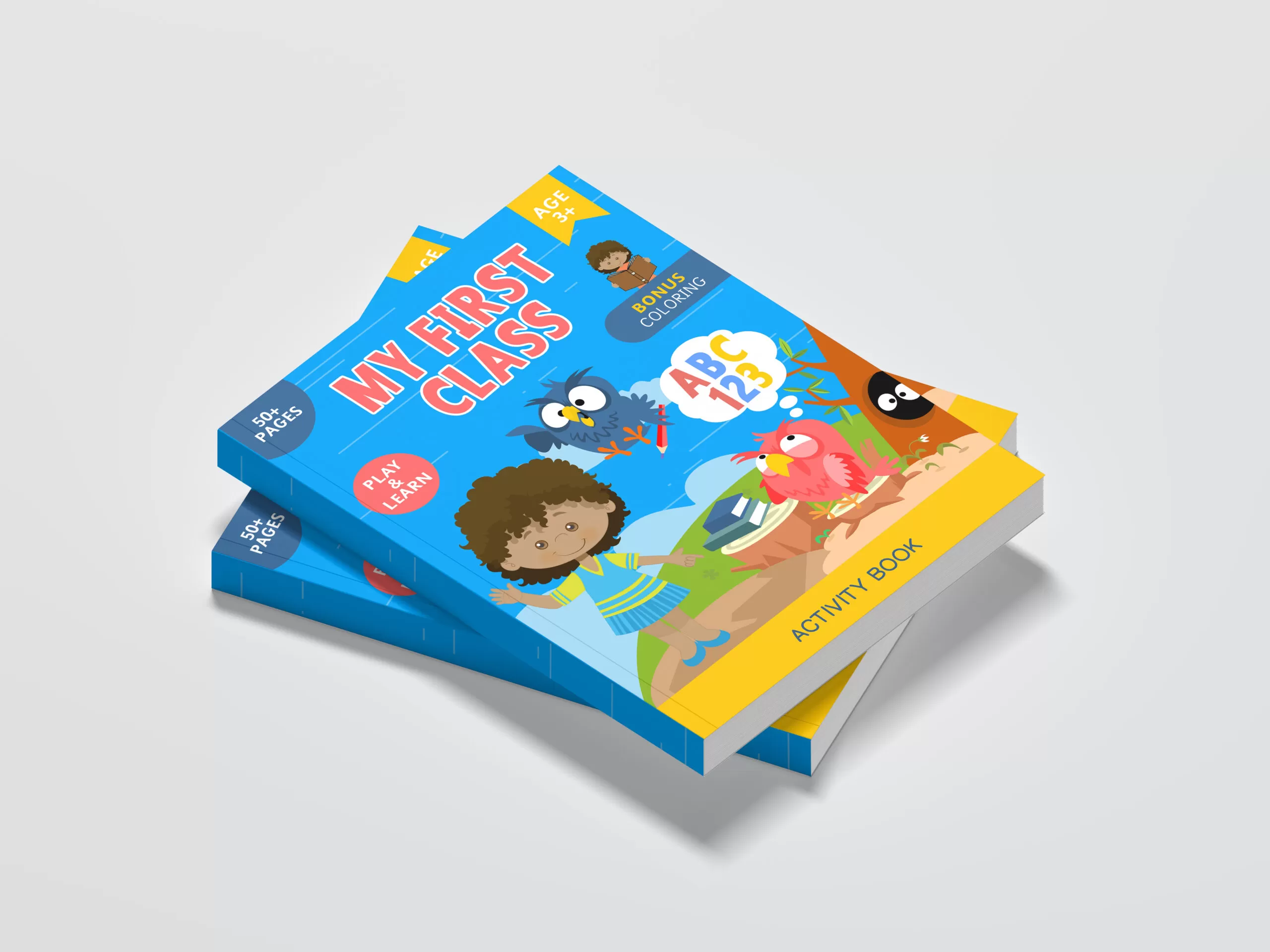
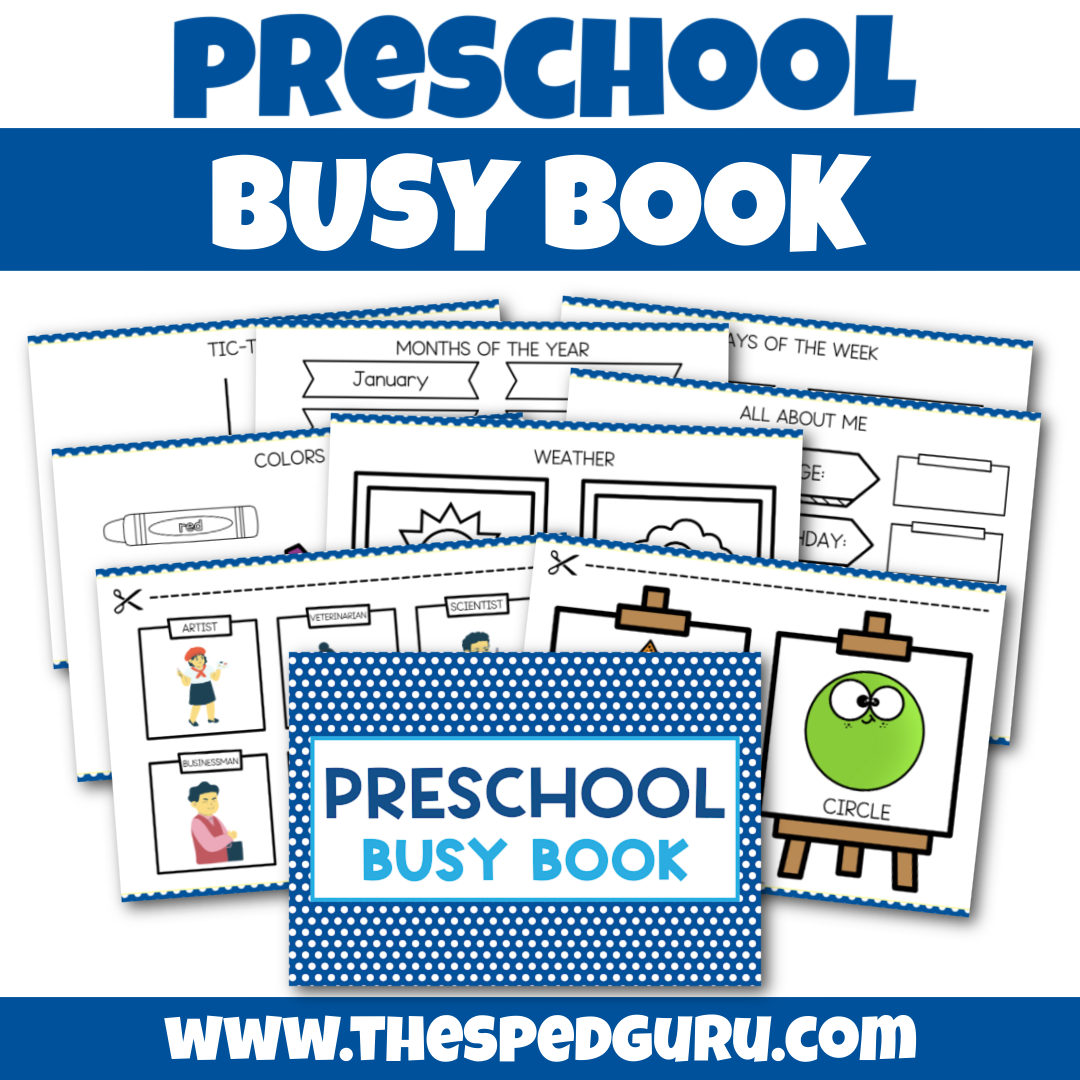
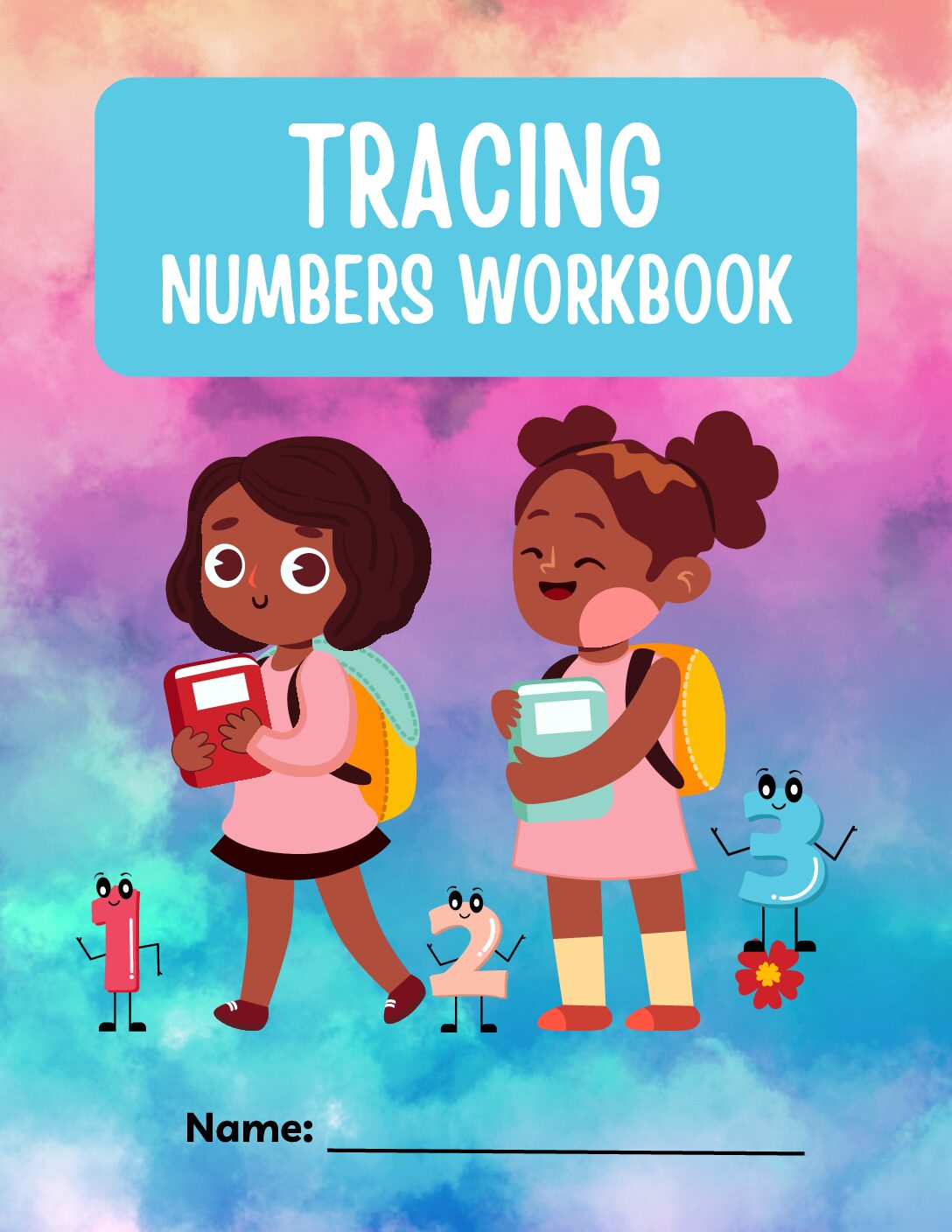



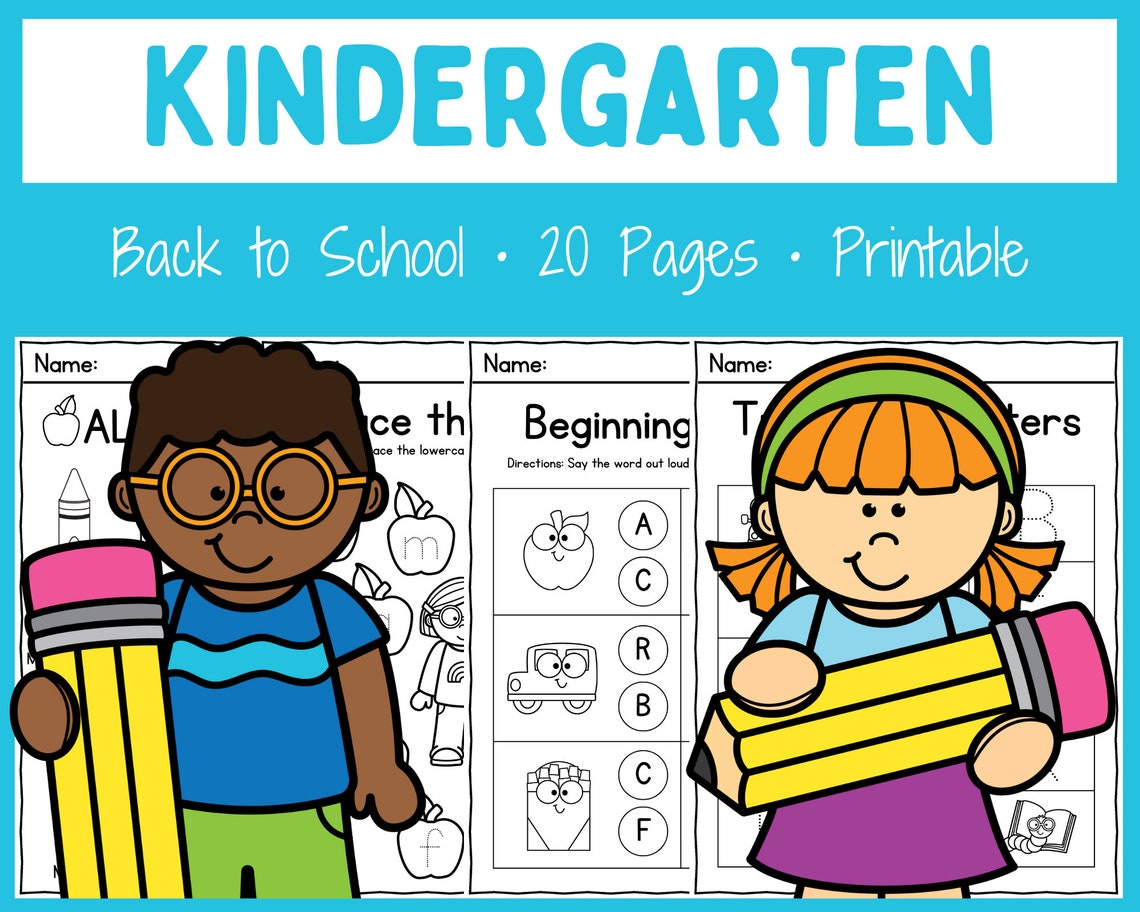
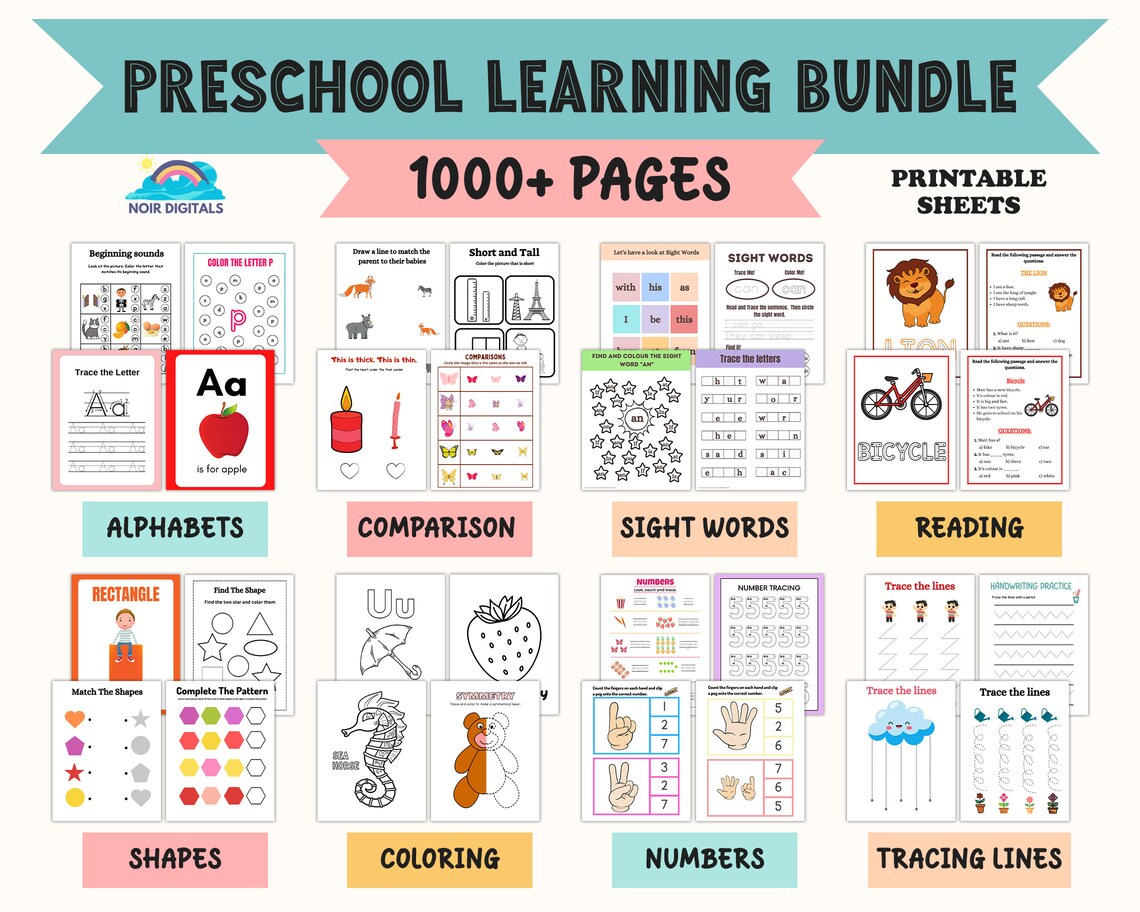
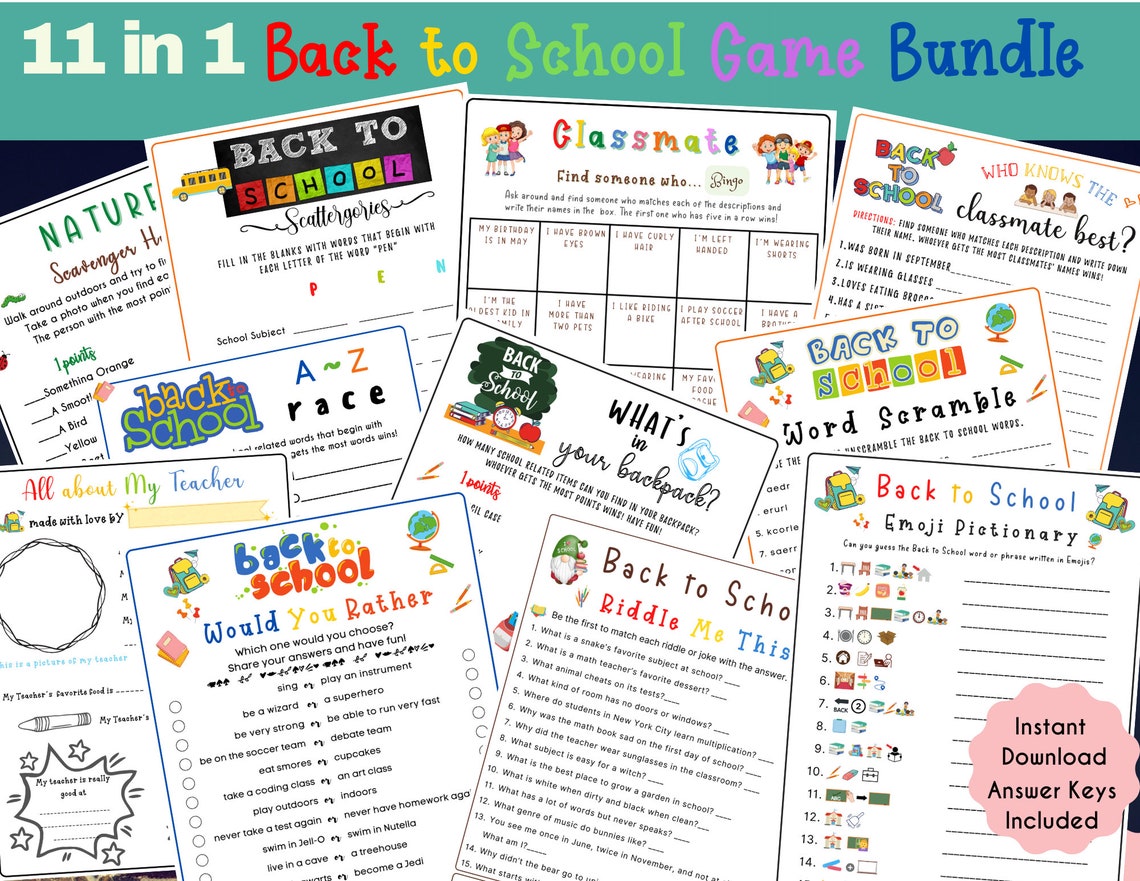




Great and informative post as usual! A great resource for parents.
These back-to-school preschool and kindergarten games are perfect for getting little ones excited about learning! I love how they incorporate educational concepts in a fun and interactive way. Can’t wait to try these out with my little ones – thanks for the great ideas
Great ideas, thx for sharing ☺️